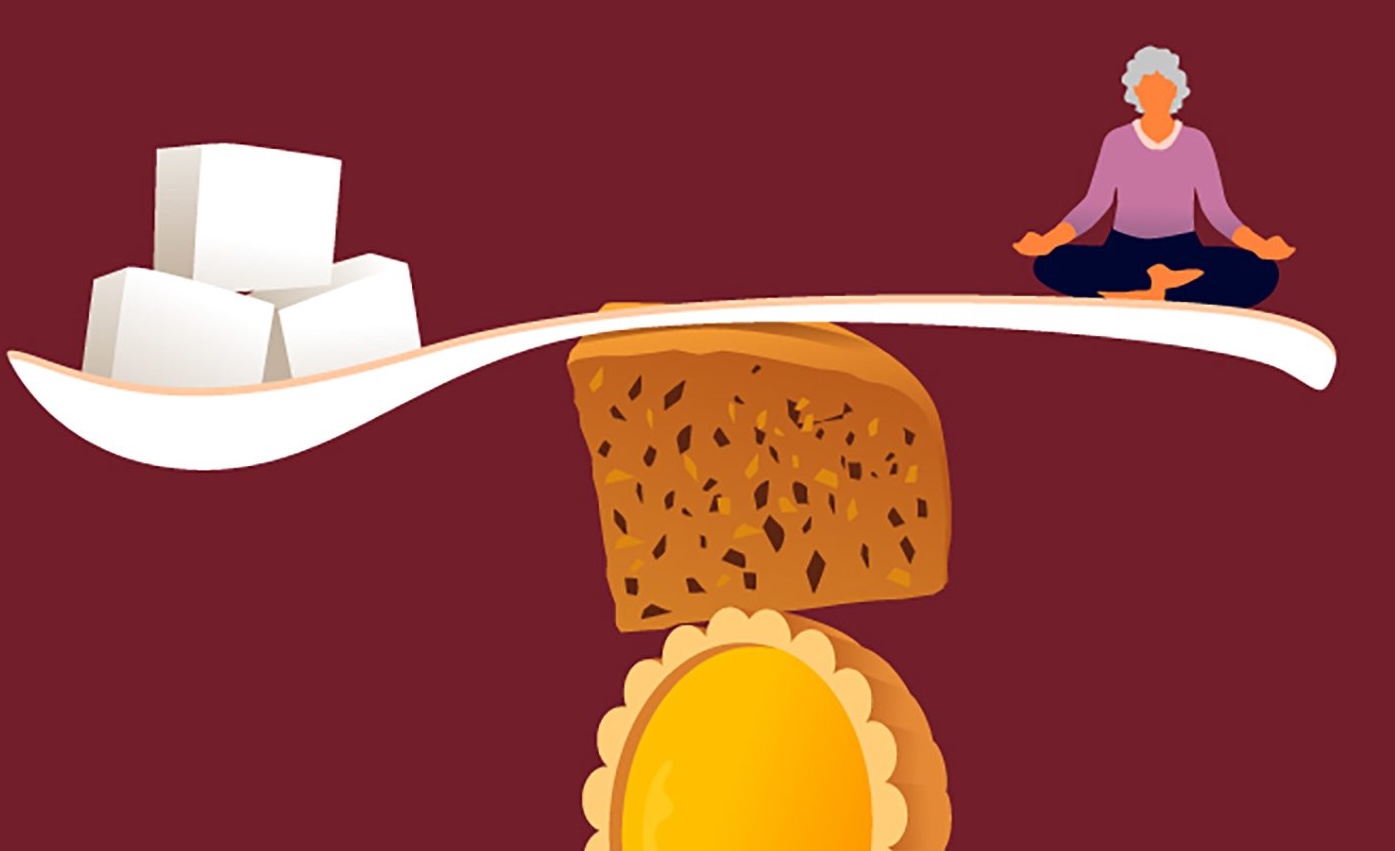In China, the highest praise for a dessert often sounds like a contradiction: “Sweet, but not too sweet.” According to OECD data from 2018 to 2020, the country’s average annual sugar consumption per person was just 11 kilograms—less than a fifth of top-ranking countries like Malaysia. The difference in sugar tolerance between China and other nations isn’t just about taste. So what’s driving it?
Some researchers link China’s lighter hand with sugar to its unique historical and cultural evolution. Cane sugar arrived via international trade routes like the Silk Road, spreading during the Tang Dynasty and eventually leading to the invention of white sugar by Ming-era artisans. But after the Ming period, China’s trade ties with the outside world slowed, and sugar never became a staple in daily life the way it did elsewhere.
By the time sugar became widely available in modern China, public attitudes had already started shifting. With growing awareness of health and wellness, especially among younger generations, sugar fell out of favor. Ideas like yangsheng made low-sugar living both practical and aspirational. As a result, “not too sweet” desserts have become the gold standard.
Decades of culinary tradition also help. Chinese cuisine has long prized subtle, balanced flavors over overt richness. That foundation makes the pivot to less sugar feel less like a sacrifice—and more like a return to form.




